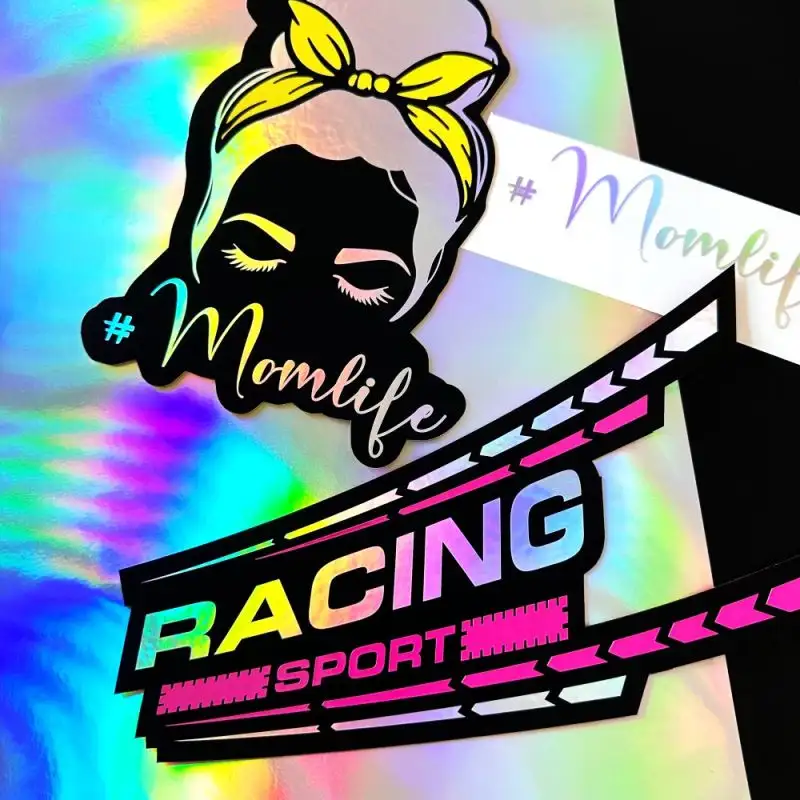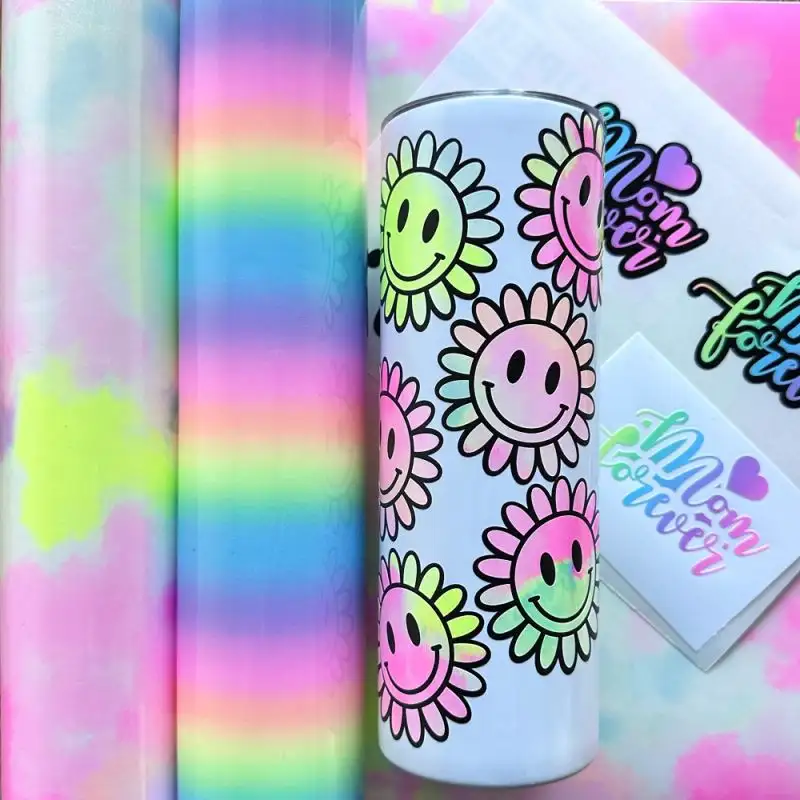When it comes to creating decals, signs, and custom graphics, the material you choose can make all the difference between a project that lasts for years and one that fails prematurely. While traditional vinyl has been the go-to choice for decades, newer options like Foil Direct Plotter Film offer distinct advantages for specific applications. Understanding the key differences between these materials will help you select the perfect medium for your next project, whether you're a small business owner creating branded materials or a hobbyist working on personal crafts.
The Fundamental Difference in Material Composition
At first glance, traditional vinyl and Foil Direct Plotter Film might appear similar, but their chemical composition tells a different story. Traditional vinyl is typically a PVC-based material that relies on plasticizers for flexibility, which can break down over time. Foil Direct films often utilize more advanced polymer formulations that provide greater consistency and durability without relying on the same plasticizer technology. This fundamental difference in material science translates to better performance characteristics, particularly when it comes to long-term outdoor use where traditional vinyl might become brittle or discolored over time.

Surface Compatibility and Application Ease
Where you plan to apply your graphic significantly impacts which material you should choose. Traditional vinyl works well on flat, smooth surfaces but can struggle with textured or curved applications. Foil Direct Plotter Film, particularly their cast vinyl varieties, is specifically engineered to conform to challenging surfaces like vehicle contours, textured walls, and irregular shapes. The memory retention in Foil Direct films also means they're less likely to lift at the edges once applied. For complex applications where bubbles and wrinkles are a concern, the air-release technology in many Foil Direct products provides a significant advantage over traditional vinyl.
Precision Cutting and Intricate Detail Work
If your project involves fine details, small text, or complex designs, the cutting characteristics of your material become crucial. Traditional vinyl can sometimes tear or fray when cutting intricate patterns, especially if the blade isn't perfectly sharp or the material consistency varies. Foil Direct films are manufactured with precision cutting in mind, offering uniform thickness and density that allows plotter blades to create crisp, clean edges even on the most delicate designs. This consistency means fewer failed cuts and less material waste when working with detailed logos or elaborate decorative elements.
Long-Term Durability and Outdoor Performance
When your project needs to withstand the elements, the choice between materials becomes particularly important. Traditional vinyl offers decent outdoor durability but may fade, crack, or become brittle after prolonged sun exposure. Foil Direct plotterfolien are typically formulated with enhanced UV stabilizers and protective top coats that provide superior resistance to fading and environmental damage. The color integrity tends to last significantly longer, making it a better investment for permanent outdoor installations where you want the graphic to maintain its professional appearance for years without requiring replacement.
Adhesive Technology and Residue Concerns
The adhesive backing on your material can be just as important as the vinyl itself. Traditional vinyl often uses aggressive adhesives that can leave residue behind when removed, particularly after long-term applications. Foil Direct offers a range of adhesive options, including removable varieties designed to come away cleanly after temporary use. Even their permanent adhesives are engineered to provide strong bonding without oozing or leaving sticky residues behind. This makes Foil Direct films particularly valuable for applications where clean removal is important, such as rental vehicles, temporary signage, or projects on delicate surfaces.

Cost Considerations and Value Over Time
While traditional vinyl often comes with a lower upfront cost, it's important to consider the long-term value of your material choice. Foil Direct Plotter Films might carry a slightly higher initial price tag, but this investment often pays off through reduced waste, fewer application errors, and longer-lasting results. The time saved on troubleshooting problematic material, redoing failed applications, and replacing faded graphics can quickly offset the initial price difference. For professional applications where your reputation is on the line, the consistent performance of quality plotter film provides value that extends far beyond the simple cost per square foot.
Making the Right Choice for Your Specific Needs
Ultimately, the decision between traditional vinyl and Foil Direct Plotter Film comes down to your specific project requirements. Traditional vinyl remains a cost-effective solution for simple, short-term projects on flat surfaces where ultimate durability isn't a primary concern. However, for applications requiring intricate cutting, challenging surfaces, long-term outdoor exposure, or professional-grade results, Foil Direct Plotter Films offer performance characteristics that justify their slightly higher cost. By carefully considering your project's lifespan, environmental conditions, and complexity, you can select the material that will deliver the best results while potentially saving you time and frustration in the long run.
Whether you choose traditional vinyl or upgrade to Foil Direct Plotter Film, understanding these key differences ensures you'll make an informed decision that aligns with your project goals and budget. The right material not only makes the application process smoother but also ensures your finished project looks professional and stands the test of time, protecting your investment and showcasing your work in its best possible light.




Comments